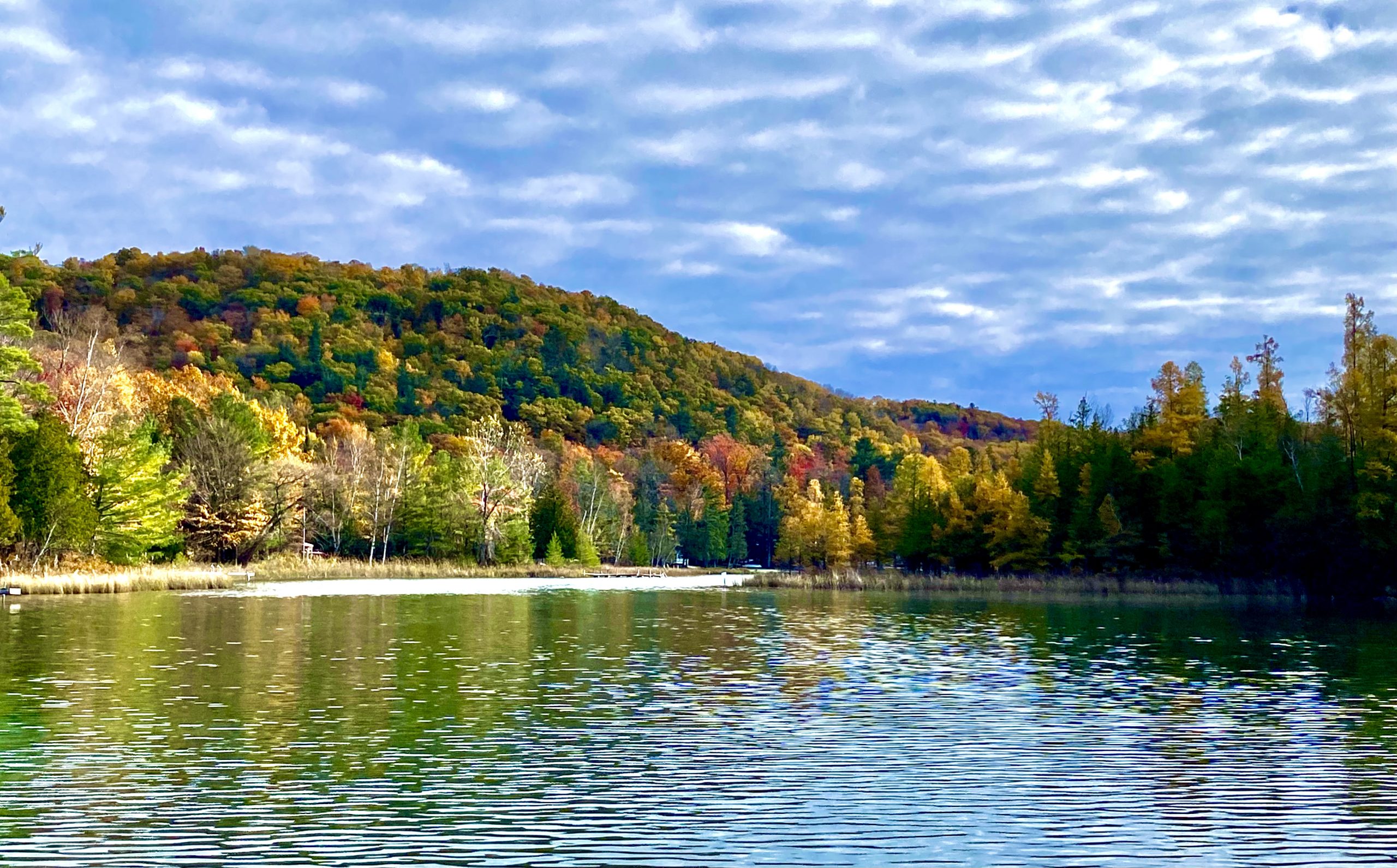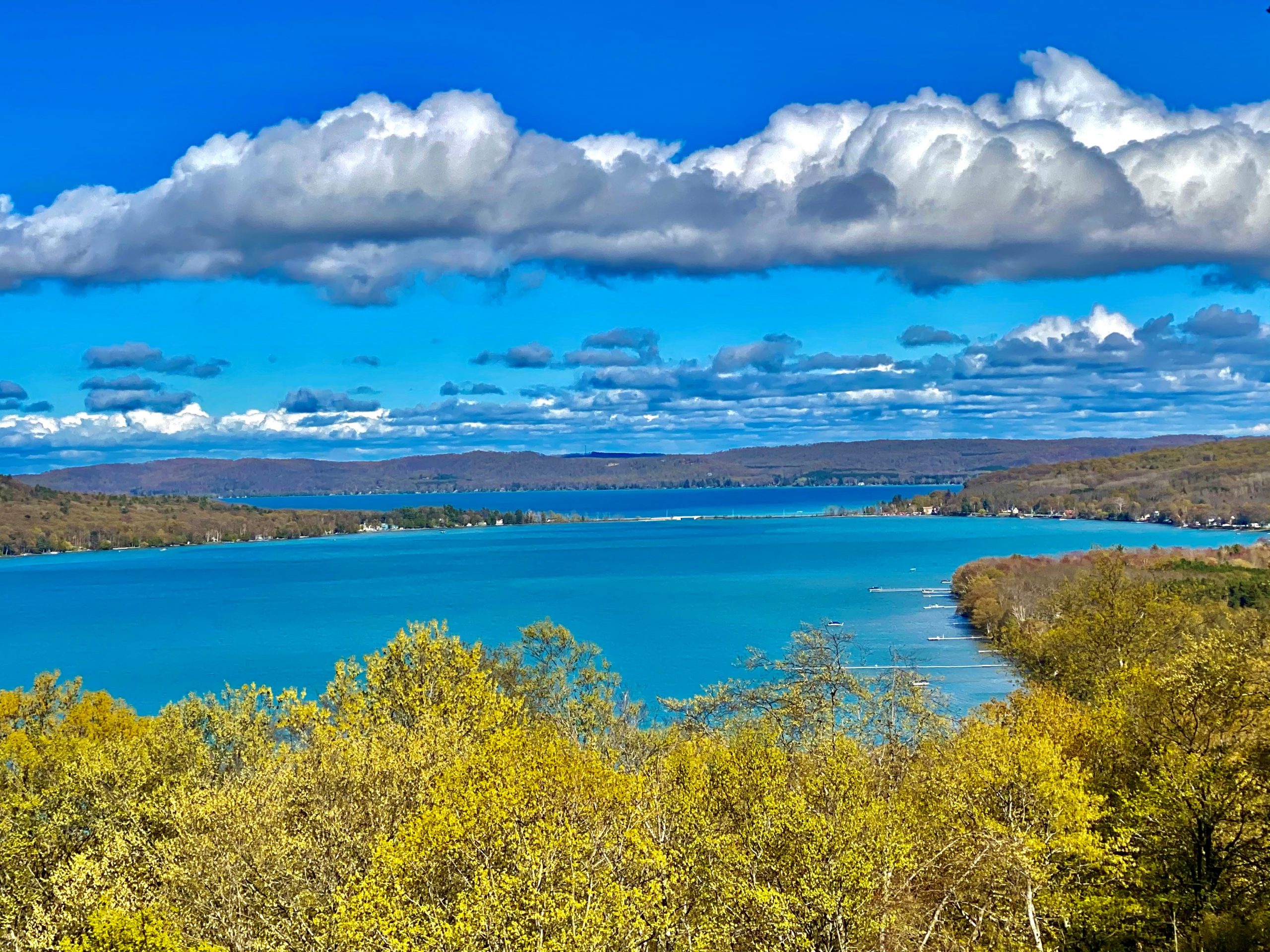Watershed Protection
The Glen Lake Association’s watershed protection work focuses on safeguarding Glen Lake and nearby waterbodies from the impacts of development. These include pollution and other environmental stressors as well as impacts of human activities. The watershed is governed by a Watershed Protection Plan which provides guidance to all those who live, work, or play on or near the water.
Working together for watershed protection
Preserving and protecting the valuable water resources within the Glen Lake/Crystal River Watershed is a team effort!
The Glen Lake Association works closely with numerous local, county, state, and national organizations in order to achieve the best possible outcomes with respect to water quality and the overall health of the watershed ecosystem.
Government organizations provide significant resources which leverage the impact of our work. The Association educates these organizations about watershed best practices so they can make informed policy decisions. We stay abreast of new and changing regulations which could impact the watershed. We provide community members with the information needed to support legislation which protects the water.
We also share common goals with many non-government organizations both locally and throughout Michigan. Together we collaborate, pool resources, and form coalitions to protect watershed resources and promote educational and stewardship programs.
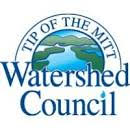


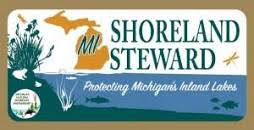



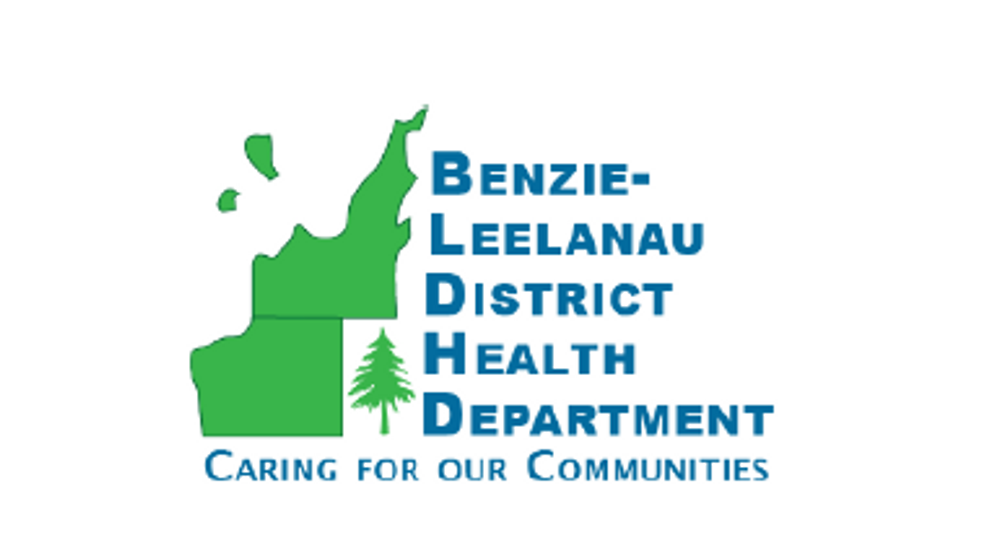
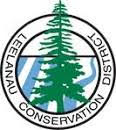
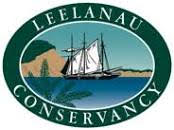
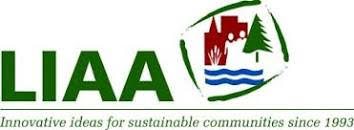

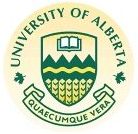

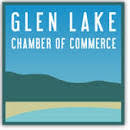
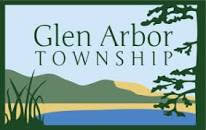
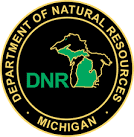
Watershed Protection Plan
Watershed protection includes responsible lake and stream management as well as conscientious stewardship of all the land within the watershed. The Glen Lake Association has partnered with a number of organizations to develop a formal watershed protection plan which is approved by the Michigan Department of of Environment, Great Lakes & Energy (EGLE). This plan identifies existing watershed pollutants, proposes solutions for reducing the impact of these pollutants on water quality, and creates a strategy to guide the implementation of the proposed solutions.
Having an approved watershed protection plan enables the Glen Lake Association to further refine its priorities. It enables the Association to apply for a variety of federal and state grants. It provides guidance to other community organizations, resource managers, and policy makers as they make decisions which affect the watershed.
The watershed protection plan also meets the criteria for the Clean Michigan Initiative Non-Point Source Pollution Control program, as well as those of the U.S. Environmental Protection Agency Section 319 of the federal Clean Water Act.
Watershed Protection Plan Goals
- Protect the integrity of aquatic and terrestrial ecosystems within the watershed
- Protect and improve the quality of water resources within the watershed
- Establish and promote land and water management practices that conserve and protect natural resources within the watershed
- Enhance the quality of recreational opportunities
- Establish and promote educational programs that support stewardship and watershed planning goals, activities, and programs
- Preserve the distinctive character and aesthetic qualities of the watershed, including viewsheds and scenic hillsides
- Protect the economic viability within the watershed while ensuring water quality and quantity resources are protected
NOTE: An updated 2022 plan is coming soon! Stay tuned.
Zoning Ordinances
How communities manage their land use has a direct impact on nearby water resources
Zoning ordinances are an important watershed protection tool because they affect land development and impact site design and access. They have the ability to establish patterns of development, protect the environment and public health, and determine the character of a community.
Zoning ordinances can also have a significant impact on the health of the watershed. Ordinances prevent and control water pollution, conserve shore cover, protect wetlands, protect fish spawning areas, and more.
One local ordinance which helps protect the Glen Lake/Crystal River Watershed is a mandatory time-of-transfer or point of sale well and septic inspection ordinance. We are fortunate that Glen Arbor, Cleveland, and Empire townships all have time-of-transfer ordinances in place. A countywide ordinance which will cover Leelanau’s remaining townships, including Kasson is also underway.
Other ways ordinances could protect the water
- Requiring vegetative buffer zones along shorelines and stream banks
- Requiring greenbelt areas
- Protecting the integrity of soil by having filtered views along stream corridors
- Protecting wetlands
- Discouraging the construction of hardened seawalls
An Overlay District Is A Long-Term Watershed Protection Strategy
Minimizing the impact of future development on water quality
The Glen Lake Association is a proponent of creating an overlay district to unify the four townships which cross the boundaries of the Glen Lake/Crystal River Watershed: Glen Arbor, Empire, Cleveland, and Kasson. If adopted, this proposal would minimize the negative impacts of future development in order to protect water quality for generations to come. We urge area residents, property owners, and the entire watershed community to learn more about the benefits of the overlay district proposal.
